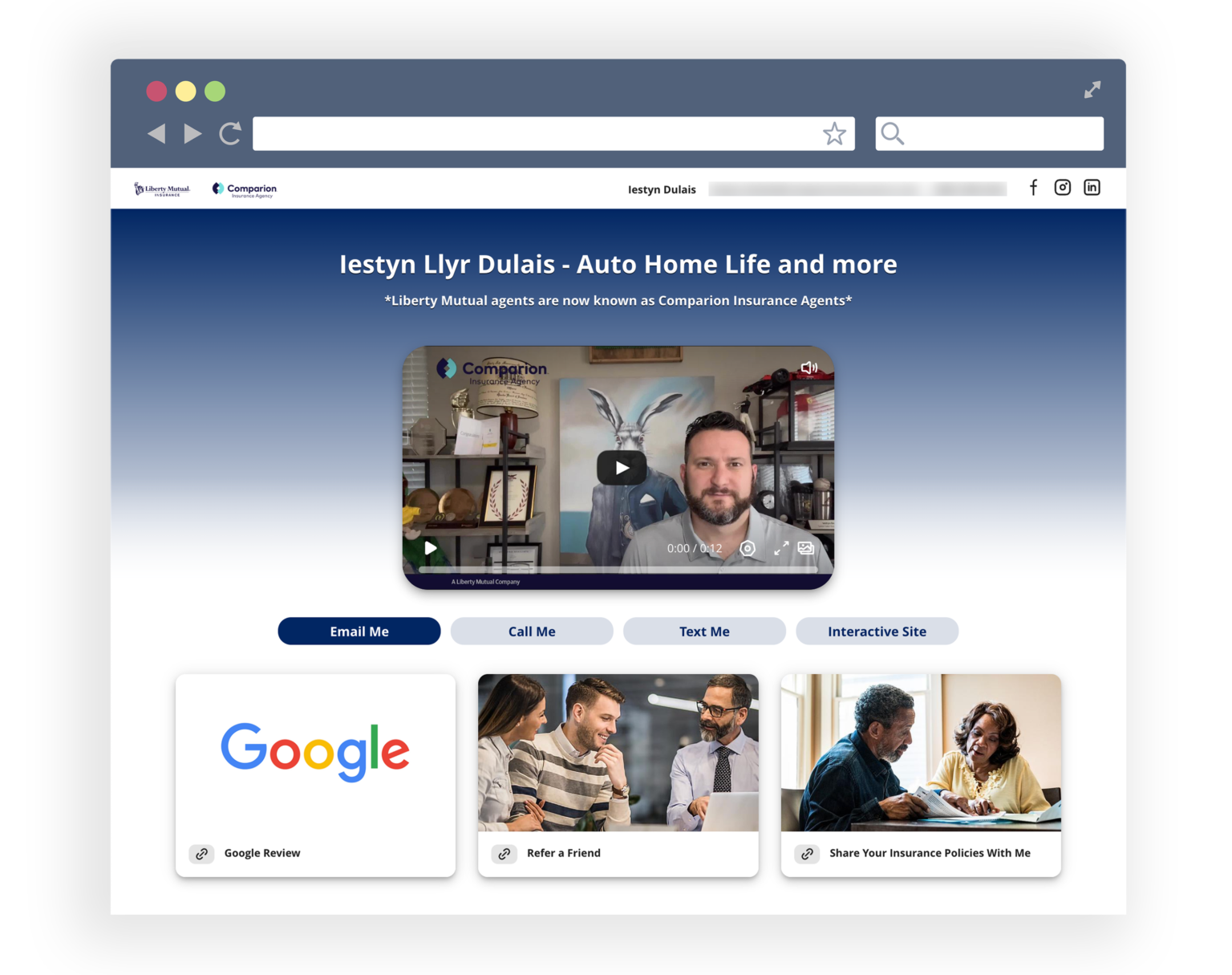In today's competitive business landscape, having an effective sales strategy is crucial for the success of any organization. A well-defined sales strategy helps businesses to identify their target market, establish clear goals, and develop a plan to achieve those goals. However, even with a solid sales strategy in place, many organizations struggle to execute it effectively. This is where sales enablement comes into play. If you are looking for the best sales enablement tool you can also check this firm OneMob.

The Impact of Sales Enablement
By incorporating sales enablement into their sales strategy, organizations can experience several benefits that directly impact their revenue growth and overall business success. Some of these benefits include:
1. Increased win rates: Sales enablement ensures that sales reps have the necessary knowledge, skills, and resources to effectively engage with prospects and close deals. This leads to higher win rates and increased revenue.
2. Improved sales productivity: By streamlining workflows, automating administrative tasks, and providing sales reps with the right tools and technologies, sales enablement enhances sales productivity. This allows sales reps to focus more on selling and less on non-sales activities.
3. Enhanced customer experience: Sales enablement empowers sales reps to provide personalized and relevant solutions to prospects, addressing their pain points and building trust. This leads to an improved customer experience, increased customer satisfaction, and higher customer retention rates.
4. Better collaboration and alignment: Sales enablement fosters collaboration and alignment between sales and marketing teams. This results in better lead generation, improved lead quality, and more effective marketing campaigns that support the sales strategy.
5. Improved sales forecasting and analytics: Sales enablement provides sales teams with real-time data and analytics that help them track and measure their performance. This enables better sales forecasting, identification of trends, and data-driven decision-making.
